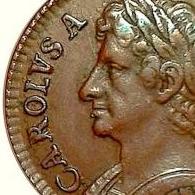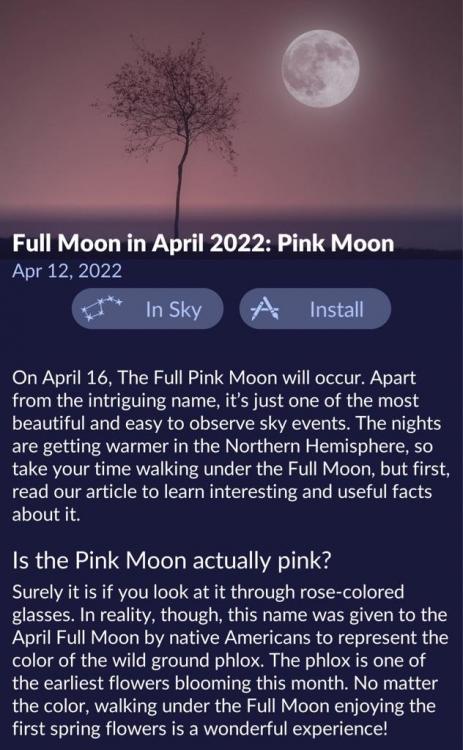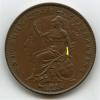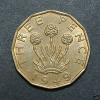Leaderboard
Popular Content
Showing content with the highest reputation on 04/15/2022 in Posts
-
2 points
-
Ah, the Villy Hall, imagifole, chittery-chattery and sip tilty-elbow from fine chiney tea-cuppers. deep joy2 points
-
2 points
-
Hopefully these posts keep interests of the readers but one of the few areas I have bought in on occasion: The Royal Mint from about 1980 for about 25 years and more struck some scarcities as far as sets and individual coins that some may be aware of. The Bahamas had struck for them souvenir sets in several years (1989, 1991, 1992, 1996) and the year 2000. These came in the 5 coin format and then a very few in the 7 coin format. For the year 2000, the former 5 coin sets were struck in reasonable numbers but although the coins in these cardboard and plastic sets were of excellent prooflike quality, were of normal 1c through 25c denominations that were struck for, and served as circulation coins. BUT, the 7 coin sets were struck in much fewer numbers and included examples of the nicely designed and somewhat famous 50 cents Marlin coin, and the more well-known One Dollar conch coin - both of these had been struck since the inaugural 1966 coins and sets. For year 2000 these were not struck for circulation so the only way to get them is in the 7 coin sets. The 5 coin sets usually sell on ebay for about 8-20 pounds plus shipping, but had not seen a 7 coin set for nearly a decade, and so despite constant searching there and other venues had not found one until just a couple of weeks ago when one popped up at a starting price of USD 9.95. I watched it for 9 days and it stayed at that price so I put out a "nuclear" bid of multiples of that, and low and behold, got it at USD 10.50 plus another 6 in shipping and taxes. Very thrilled with this, and have been informed that the 7 coin set mintage may be about 50 in all with there being some attractive coins included and all basically at the price of a nice Starbucks coffee! I will see if Richard may post pictures of the dollar coin from the set and others if readers are interested. BTW, some other RM rarities include the 1996 Bahamas 7 coin specimen set and the 2004 Falklands specimen set (and proof set which also seems to have a 50 set mintage and coins of copper nickel). The RAM Australian Mint has made some scarcities during these years as well but some of the rarities remain a bit obscure - Mister T knows far more than I about these .....1 point
-
1 point
-
1 point
-
1 point
-
Ah yes. Mrs Thomas at The Post Office did mention that some new people had moved in, cluttering up the car park with their rubbish.😁1 point
-
it's a green corrugated steel village hall in Worcestershire we've bought to live in......if we survive the madness! My favourite blue plaque says: "Dr. Heisenberg might have lived here."1 point
-
That fake ceiling was criminal. Well done sir, and a lovely reclaimed space. It reminds me very much of the Barnston women's institute hall which is around the corner from us and where you'll find a plaque informing you it was the venue at which the Beatles appeared for the first time in the suits Brian Epstein had bought them. Yeah, yeah, yeah.....1 point
-
1 point
-
I wanted to dwell on this 1882 Obverse / Reverse pairing, and get some more views. Just to recap:- Gouby has the pairing as 1882Ha (P + p), plus overdate types 1882Ka (P + p) and 1882Kb (P + p) Freeman has the same die pairing as F111 (11 + M), but goes on to say in his footnote 23 that “All specimens of no. 111 believed to be 2/1. Only small sections of the ‘1’ are visible , as it seems to have been partially erased from the die” I have just spent a bit of time checking my previous sales of this die pairing, and find that I have owned 3 examples of Gouby type 1882Kb (P +p). Below are high-definition pictures of the overdates on 2 of these 3 coins, which I believe is an exact match with the small picture bottom right on Page 78 of MG’s book:- The red arrow shows an extra bit of the underneath 1 which I think can sometimes be seen on better examples. Whilst I do not have a high-definition picture of the 3rd piece which I have owned (now sold) I can still see that the bit I have highlighted in yellow (on the Alderley piece) can be seen on all 3 coins, and I feel this is a distinctive / fairly obvious feature of this type. I can also see from my past sales that I have sold many more examples of 1882 (11 + M) which have no evidence of an underlying numeral 1. Bearing in mind that the overdate is, in my opinion, fairly easy to see I am very surprised that Freeman believed there were no examples that did not have the overdate. If he had a number of 1882’s in his sample, with this die pairing, then surely some would not have had the overdate. Gouby, on the other hand, has 1882Ha as Rare and 1882Ka/b as Extremely Rare, which I think reflects my own observations. My second thought on this type is regarding 1882Ka; a full date picture can again be found on Page 78 of Gouby’s book. Whilst Gouby does not show a full date picture of his type 1882Kb I can see by examining my own pieces that the position of the numerals (and H) on my examples of 1882Kb seem to be in identical locations to the example of his 1882Ka. I also notice that the 1882Ka on Page 78 has all numerals (and H) doubled, and that there is additionally some ‘flawing’ between the base of the numeral 2 and the outer curve. This has left me thinking that Ka and Kb may both have been struck from the same die, but that Ka is just struck later after the die has become ‘flawed’, and that this flawing perhaps gives a false impression of a different (second) 2/1 amended die. I have looked at Richard’s ‘englishpennies’ website but see that he does not distinguish between Ka and Kb types. I am wondering if a member a) actually owns the Ka piece pictured in Gouby’s book or b) thinks they may have an example of this Ka variety. Apologies to any member who does not own Gouby’s book for reference!1 point
-
Gaaak!!!! Well, I collect this type of coin but NOT at this price and glad mine came from a saner time. Nowadays I am most careful with my purchases and only splurge on particular items that I know are especially scarce or have other attributes. I would imagine there are others that have somewhat retreated in this market as well...1 point
-
It would be great if we could uncover some record of what went on at the time, just so as to clarify the situation. I looked at that link which was supplied recently, giving the Royal Mint annual reports from 1870 onwards. Sadly absolutely nothing about design and variety.1 point








